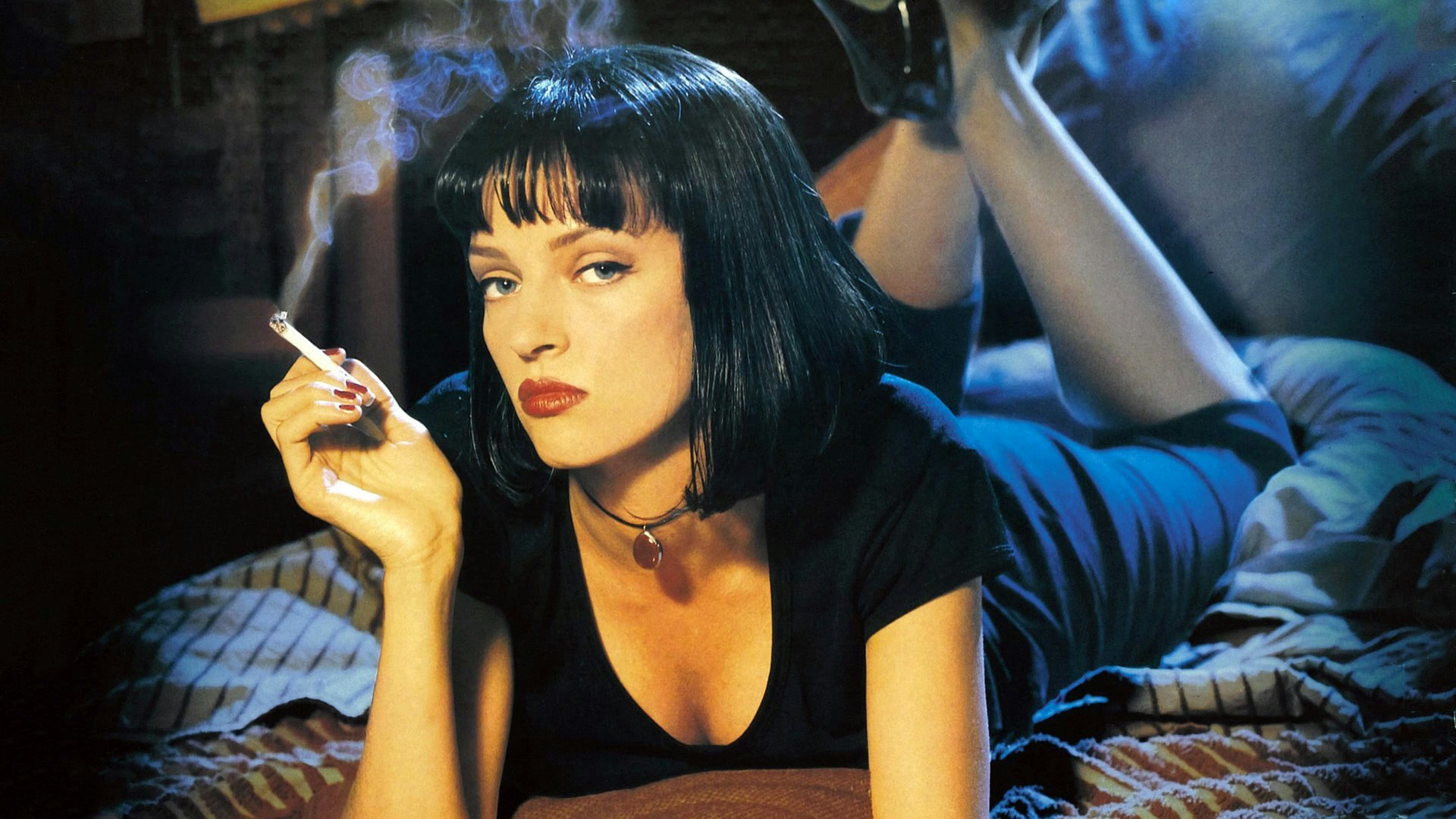
Pulp Fiction How Tarantino Redefined Cinema in the 90s
Pulp Fiction: How Tarantino Redefined Cinema in the 90s
When Quentin Tarantino's "Pulp Fiction" hit the theaters in 1994, it significantly altered the landscape of cinema in the 1990s. The film became an archetype for independent filmmaking, demonstrating that unique narratives and unconventional storytelling could resonate with audiences and achieve commercial success. Prior to "Pulp Fiction," mainstream movies often relied on predictable story arcs and conventional character development. However, Tarantino's masterful script intertwined multiple stories, creating a rich tapestry of characters and events that captivated viewers and invited repeated viewings to catch all the nuances.
The Non-linear Narrative
One of the most groundbreaking aspects of "Pulp Fiction" was its non-linear narrative structure. Tarantino employed a series of interlocked tales that unfolded in a way that defied traditional narrative conventions. By presenting the story out of order, the film challenged audiences to engage more actively with the plot, piecing together timelines and character arcs. Each segment, from the iconic "Royale with Cheese" diner conversation to the dramatic dance at Jackrabbit Slim’s, was expertly woven together, disrupting the linear flow typical of Hollywood productions. This innovative approach not only set "Pulp Fiction" apart but also influenced a generation of filmmakers who sought to push boundaries in similar fashion.
Dialogue and Characterization
Tarantino's writing is synonymous with sharp, witty dialogue, and "Pulp Fiction" is perhaps his quintessential showcase. From profound philosophical exchanges to mundane discussions about fast food, the characters engaged viewers with their conversations. The film's dialogues provided depth to the characters, making them memorable and relatable. This emphasis on character-driven storytelling was a departure from the action-driven narratives prevalent in the decade's blockbusters. As audiences resonated with hitmen, mob bosses, and boxers through their compelling exchanges, the film created a space where characters were as vital as action sequences, leading to an appreciation of nuanced storytelling in future titles.
Cultural Impact and Merchandising
The cultural impact of "Pulp Fiction" cannot be overstated; it permeated popular culture and inspired countless homages and references. Its soundtracks, quotes, and aesthetics became ingrained within the cultural zeitgeist of the 90s. The film's popularity also paved the way for a new wave of merchandising opportunities, with "Pulp Fiction Merch" becoming a sought-after collectible among fans. From iconic t-shirts emblazoned with memorable quotes to collectible figures of the film's unique characters, the merchandise further solidified the film's legacy. Fans celebrated their love for Tarantino's work through these items, creating a vibrant community and expanding the film's reach beyond the silver screen.
Legacy of Pulp Fiction
The legacy of "Pulp Fiction" endures, as it has continued to influence not just filmmakers, but also the way stories are told in various medium. It brought attention to independent cinema and inspired generations of storytellers who dared to take risks with their narratives. Tarantino's innovative style, characterized by his eclectic influences and his ability to blend genres, set a standard for originality that many sought to replicate. "Pulp Fiction" remains a landmark in film history, illustrating how a single project can redefine conventions and leave an indelible mark on both the industry and audience lexicon. As we celebrate this iconic film, it’s essential to recognize the cultural phenomena it sparked and the avenues it opened for future creatives looking to experiment with storytelling in cinema.









